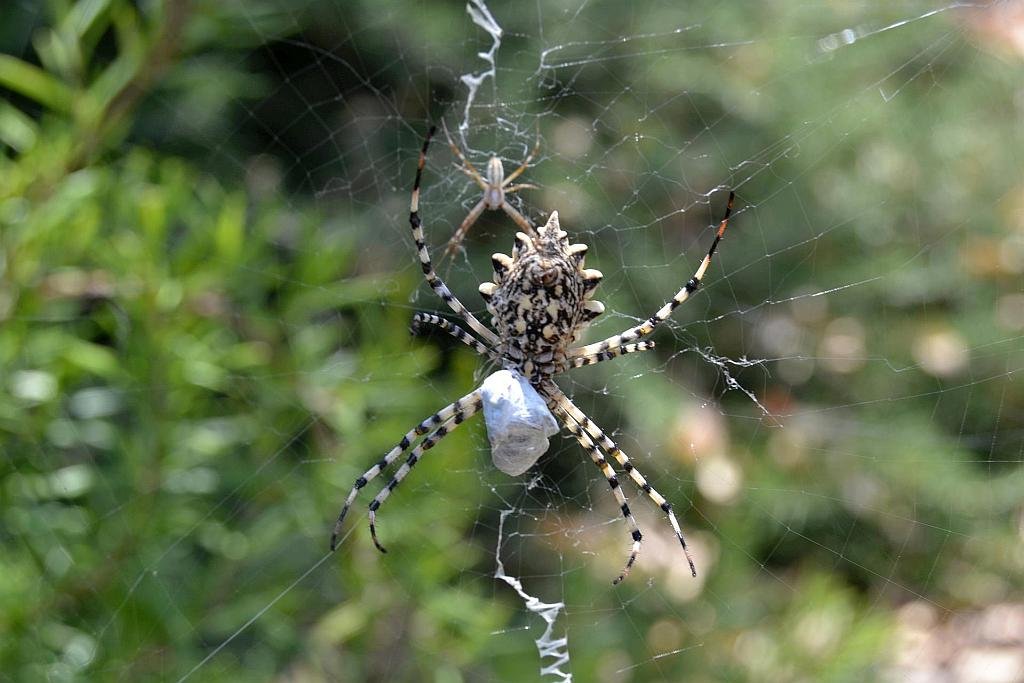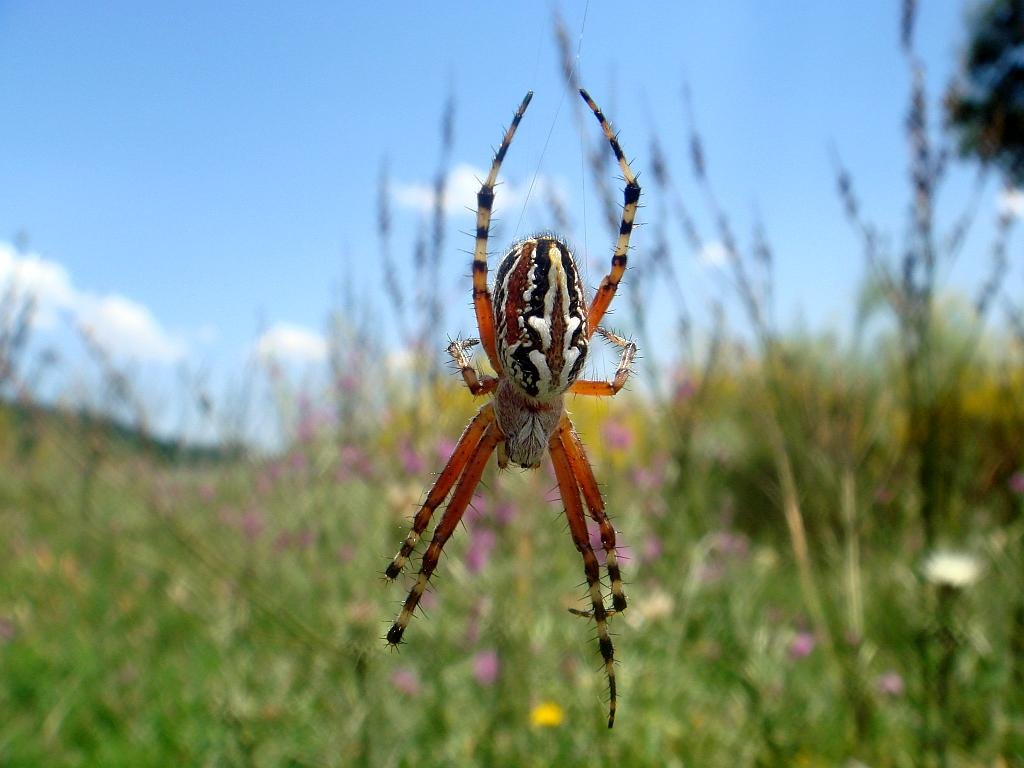Argiope spider species in Spain
There are three Argiope spider species in Spain. The above image is of the lobed argiope and you can clearly see the much smaller male above and to the left of her. The Wasp Spider Scientific: Argiope bruennichi English: Wasp Spider Spanish: Araña tigre French: Argiope frelon German: Wespenspinne Italian: Ragno vespa Portuguese: Aranha-vespa Distribution: … Read more



